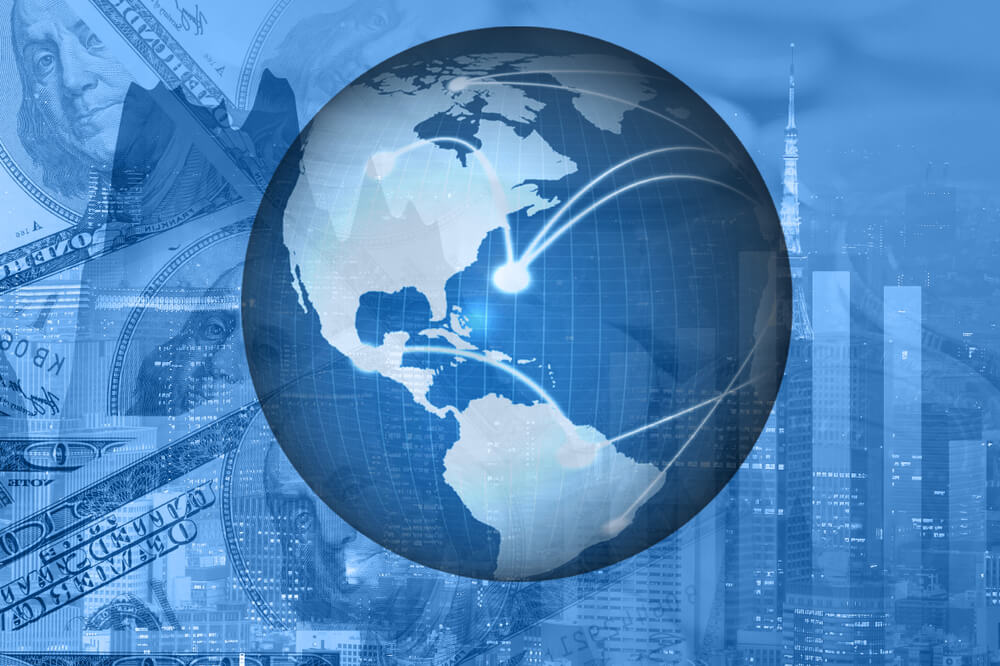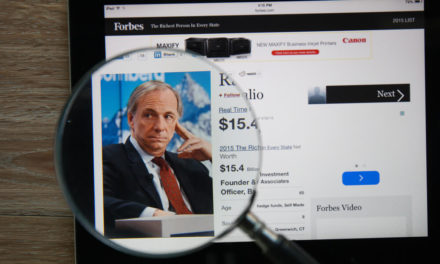After galloping along for the past two years, the global economy is showing signs of weakening, with the United States, China and Europe all facing the rising threat of economic slowdown.
“We can’t continue to grow this fast for much longer without risking inflation. That’s ultimately what the Fed is trying to achieve with its steady movement in interest rates. The skill is to do so in ways that don’t create a big downturn.”
Few economists foresee an outright global recession within the next year. But the synchronized growth that powered most major economies since 2017 appears to be fading. The risks have been magnified by the trade war raging between the United States and China, the strife dividing Britain over an exit from the European Union and the Federal Reserve’s continuing interest rate hikes.
It’s all been enough to contribute to a broad retreat in global stock markets. Counting Tuesday’s deep losses, U.S. stock indexes, once up around 10 percent for the year, have surrendered all their 2018 gains.
The Fed is expected next month to raise its key short-term rate for the fourth time this year. The central bank’s rate hikes help control inflation. But they also make loans costlier for consumers and businesses. And for countries that borrowed in U.S. dollars, the Fed’s hikes make debts harder to bear. Argentina, for one, has slid into recession as its cost of repaying its debt has surged.
“We can’t continue to grow this fast for much longer without risking inflation,” Adrian Cooper, chief executive of Oxford Economics, said of the still-solid U.S. economy. “That’s ultimately what the Fed is trying to achieve with its steady movement in interest rates. The skill is to do so in ways that don’t create a big downturn.”
The concerns have grown enough that Larry Kudlow, President Donald Trump’s top economic adviser, on Tuesday dismissed the worries roiling the markets.
“Recession is so far in the distance I can’t see it,” Kudlow told a group of reporters outside the White House. “Keep the faith. It’s a very strong economy.”
The collective growth of the world’s major economies in the past two years was broadly welcomed after a feeble recovery from the 2008 financial crises. Yet few economists saw accelerated growth as sustainable — or even desirable — over several years.
The concern is that a prolonged global expansion could ignite inflation or speculative investing that would inevitably send vulnerable economies into a downturn. Compounding the challenge, the world’s economies are linked more than ever through trade, finance and investment — to the point that a rupture in one major nation tends to spread across the globe.
Oxford Economics predicts that the growth of the global economy, as measured by its gross domestic product, will slip from 3.1 percent this year to 2.8 in 2019. Such a slowdown is enough to crimp corporate profits and business investment, Cooper said. Still, most American and European workers probably wouldn’t feel the pain, he said, in part because of a resilient job market and lower oil prices.
“2019 is still going to look pretty good — your job is going to be safe, and your wages are going to rise,” Cooper predicted while adding that he thinks the slowdown will worsen in 2020.
In the meantime, though, stock markets have endured waves of jittery selling as investors have tried to factor in a slowdown that could depress the growth of company profits.
“Financial markets have become a little more volatile and anxious of late, worried about slowing global growth, trade tensions, Brexit woes and concerns that the U.S. may not be able to sustain its current cyclical sweet spot,” said Josh Feinman, chief economist at Deutsche Asset Management.
Over the next two years, most forecasts suggest that U.S. growth, after cresting above 3 percent this year — its best performance since 2005 — will weaken. Fed Chair Jerome Powell acknowledged in a speech last week that the strong worldwide growth of 2017 is in retreat.
“You see signs of a gradual slowdown,” Powell said.
Goldman Sachs foresees annual U.S. growth slowing to 1.75 percent by the end of 2019. The predicted weakening stems, in part, from the front-loaded stimulus of the tax cuts Trump pushed through Congress. The boost from the tax overhaul is expected to wane by 2020.
One continuing threat for the U.S. economy is Trump’s trade war with China. The president has imposed a 10 percent tax on $200 billion of Chinese goods — a tariff that’s set to escalate to 25 percent in 2019. He’s also threatened to add tariffs on $250 billion more in Chinese goods.
A prolonged trade crisis would depress the global exchange of goods and, therefore, economic growth. Trump is set to meet with President Xi Jinping at a Group of 20 international meeting in Argentina next week. But prospects for a breakthrough seem to have dimmed.
“Both countries appear to be far apart on the trade dispute and unwilling to back down at this point,” said Scott Anderson, chief economist at the Bank of the West.
Similarly, political ruptures threaten to slow the pace of Europe’s five-year expansion. Britain is struggling to finalize its exit from the European Union, and uncertainty surrounding Prime Minister Theresa May’s government has roiled markets.
In Italy, tensions have flared over a government that wants to increase its borrowing in defiance of rules about deficits among the 19 countries that share the euro currency. Mounting debt could cause Italian interest rates to reach levels that would stifle growth and strain the eurozone.
Yet the biggest risk of all might be China, the world’s second-largest economy after the United States and the leading engine of global growth for several decades. Its economy was already cooling before Trump raised tariffs in hopes of shrinking the U.S. trade gap with Beijing and protecting U.S. technology.
Among companies and economists, the question isn’t whether Chinese growth will slow further; it’s how much. In September, year-over-year economic growth reached a post-global crisis low of 6.5 percent. This followed a regulatory clamp-down on bank lending to curb surging debt. Forecasters expect the decline to deepen at least through mid-2019.
The ruling Communist Party wants slower, more self-sustaining growth driven more by consumer spending and less by trade and investment. But the slump has been sharper than expected. In response, Beijing has cut taxes, eased lending controls and pumped money into building projects.
October auto sales fell 13 percent from a year ago, putting vehicle sales in China — the industry’s No. 1 market — on track to shrink this year for the first time in three decades. Housing sales and bank lending have dropped, and spending on factories and other manufacturing assets has decelerated.
“Further action” is needed to “put a floor beneath economic growth,” Julian Evans-Pritchard of Capital Economics said in a report.
Finding that floor could prove problematic if the trade war with the Trump administration diminishes the exports that propelled China’s economy to manufacturing dominance. Analysts at UBS put the likelihood as high as 20 percent that China could suffer a much sharper slowdown because of the escalating tensions with the United States.
“In this environment, contagion in global markets could not be avoided,” UBS analysts wrote.
© The Associated Press. All rights reserved.




